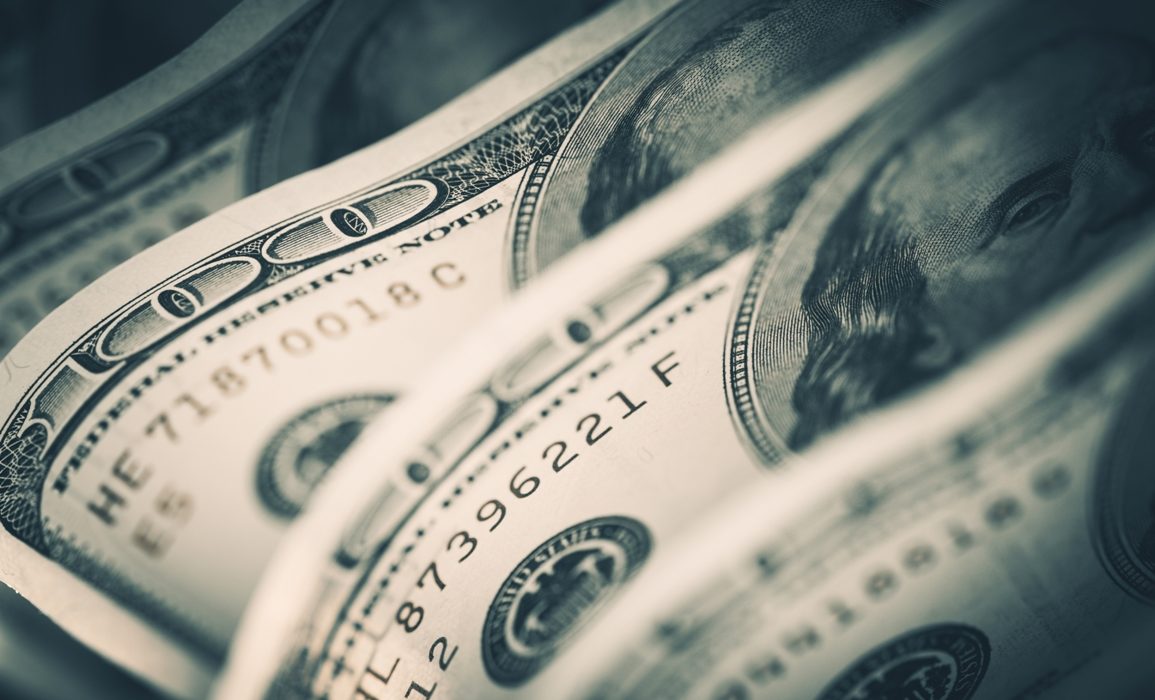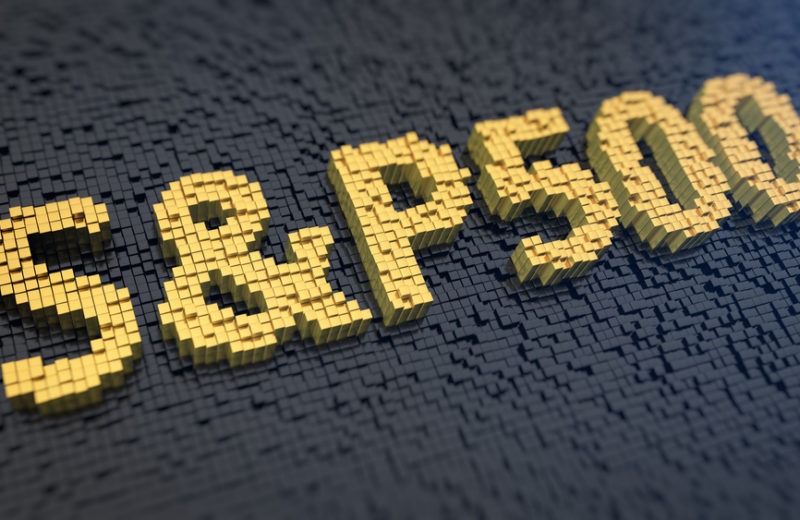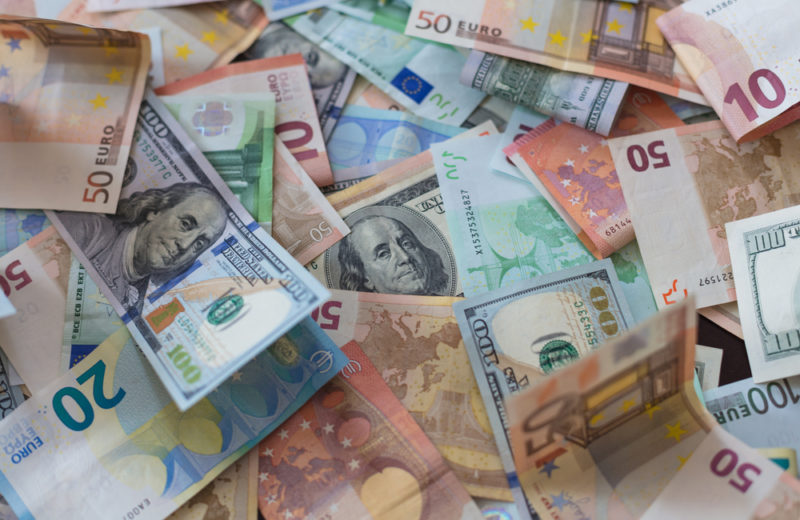On Tuesday, July 20, the USD rallied at multi-month highs. It benefited from its safe haven status as coronavirus continues to surge which sets back the global economic recovery.
The Dollar Index trails the greenback in opposition to its six other rival currencies. Recently, it climbed 0.10% to 92.953 as it reached a level equal to one from February 2021.
Meanwhile, the deadly COVID-19 delta variant which is the current dominant strain worldwide is causing a surge in infections across Asia where vaccination programs are slow.
It also dominated some parts of Europe and the United States among unvaccinated people.
According to recent data, the average number of daily U.S. coronavirus cases has tripled over the past 30 days. It climbed over 30,000 last weekend.
On another note, expectations for a cut are growing following an unprecedented lowering of bank reserve requirements in early July.
This prompt questions whether that move was the fine-tuning of the banking system liquidity of the beginning of an easing cycle to fight the slowdown of the economy.
Overnight, the EUR/USD dipped to its lowest since early April as it traded 0.10% lower to 1.1780. Meanwhile, the European Central Bank had its latest policy meeting last Thursday.
An analyst said that this is the only central bank that discussed how to implement a new strategy. They are expecting that it will turn more dovish despite the inflation surge.
Likewise, the GBP/USD plummeted 0.10% to 1.3660 after declining to its lowest level since February in the last trading session.
Consequently, the USD/CNY also fell 0.16% to 6.4872 while the USD/JPY jumped 0.10% to 109.51.
Australian Dollar Slipped
Moreover, the Australian dollar slipped for a fourth consecutive day as it traded 0.18% lower to 0.7329.
Currently, it is trading at its lowest levels since November. Analysts state that the pair can fall to a 72-territory as early as today.
Historically, July is one of the strongest months for the Aussie dollar, however, this year’s July has been tough since the currency is down 2.44% so far.
Recently, the Reserve Bank of Australia released its meeting minutes for this month where it removed AUD1 billion weekly bonds purchased to AUD4 billion per week as of September.
In its minutes, it was noted that there was a discussion regarding tapering as policymakers acknowledged that a robust argument can be made to stop the trim.
According to one analyst, it will only happen if the central bank’s goal for inflation and employment is not met. Based on the meeting minutes, members decided to not taper.
In addition, policymakers reiterated that they are not expecting that the current situation will grant a rate hike before 2024.
















